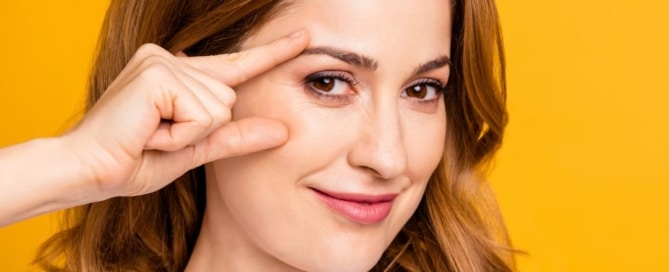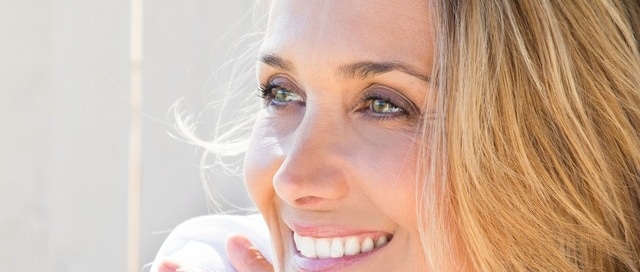Eyelid Surgery Recovery Timeline: What to Expect Week by Week
Eyelid surgery, or blepharoplasty, offers a rejuvenated appearance by removing excess skin, fat, and muscle from the upper or lower eyelids. While this surgery ultimately results in a refreshed, more awake, youthful look, it’s important to understand there is a recovery period. Here’s what you can expect week by week post-surgery. Fante Eye and Face […]
Eyelid Surgery Recovery Timeline: What to Expect Week by Week Read More »






